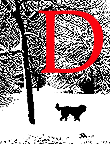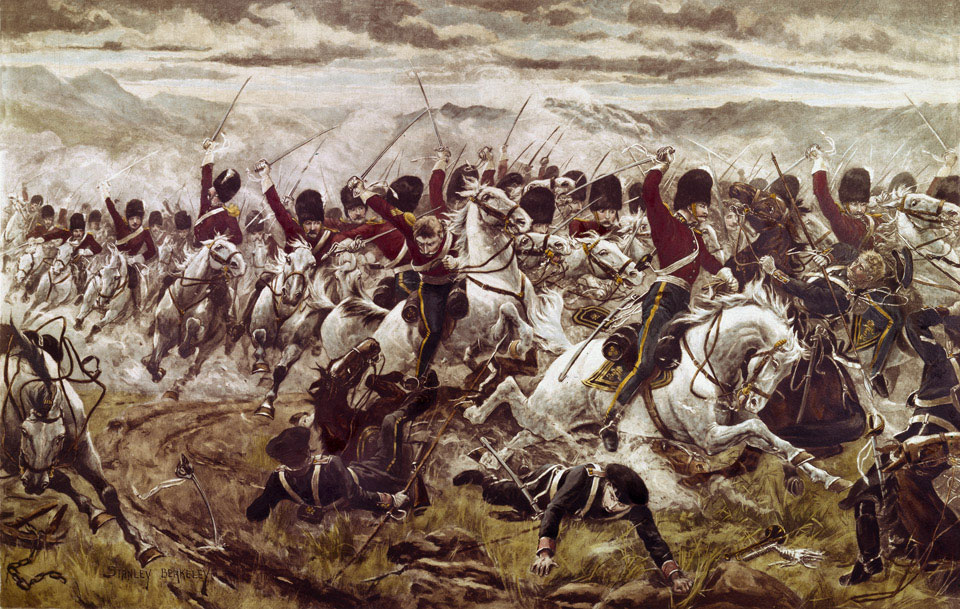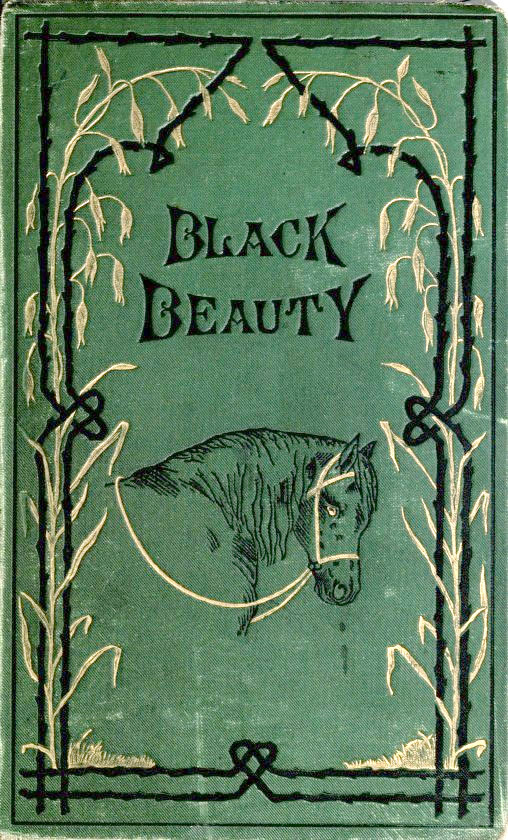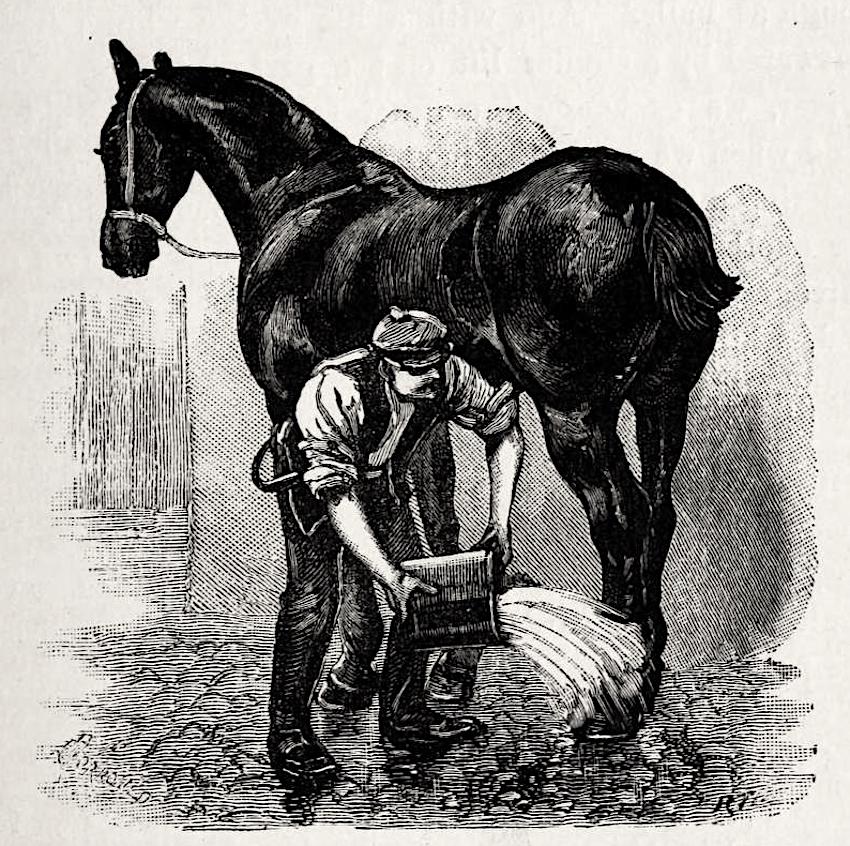Dogs
 ogs were not just pets. They were useful in the countryside for herding sheep, hunting foxes and hares, fetching game and ratting. They could also be used as guard dogs. They could even be "cruelly harnessed to draw carts laden with
commodities much too heavy for them." Writing this in her trailblazing The Rights of Animals (1839), Sarah Burdett goes on to complain, "what is
more degrading and also cruel, is when, as we see continually two human beings seated in these vehicles, and
driving the dogs so fast that they drop down either lifeless or quite exhausted in the public roads or streets of
the metropolis, and then violently beaten to make them
rise! We also see a sort of dandy vehicle drawn by a
dog; one of these was lately dashing along very rapidly
in the most crowded part of the Strand; and innumerable accidents are constantly occurring." Burdett adds in a footnote on the same page that "An instance of this occurred recently, when a dog drawing
a heavy man and boy, the animal fell down exhausted, and was so
inhumanly beaten to make him rise, that he died on the spot" (7). Considering that in 1854 there were "16,000 to 18,000 of these carts in the district south of London alone," this was no small problem (qtd. in Jenkins 33). Donkeys, mules and goats could be similarly employed and similarly mistreated.
ogs were not just pets. They were useful in the countryside for herding sheep, hunting foxes and hares, fetching game and ratting. They could also be used as guard dogs. They could even be "cruelly harnessed to draw carts laden with
commodities much too heavy for them." Writing this in her trailblazing The Rights of Animals (1839), Sarah Burdett goes on to complain, "what is
more degrading and also cruel, is when, as we see continually two human beings seated in these vehicles, and
driving the dogs so fast that they drop down either lifeless or quite exhausted in the public roads or streets of
the metropolis, and then violently beaten to make them
rise! We also see a sort of dandy vehicle drawn by a
dog; one of these was lately dashing along very rapidly
in the most crowded part of the Strand; and innumerable accidents are constantly occurring." Burdett adds in a footnote on the same page that "An instance of this occurred recently, when a dog drawing
a heavy man and boy, the animal fell down exhausted, and was so
inhumanly beaten to make him rise, that he died on the spot" (7). Considering that in 1854 there were "16,000 to 18,000 of these carts in the district south of London alone," this was no small problem (qtd. in Jenkins 33). Donkeys, mules and goats could be similarly employed and similarly mistreated.
Pit-ponies

"Ganger Lad driving a pit pony at an Eastwood pit circa 1910." Photo Credit – Rev Cobb collection (according to the National Archives catalogue, Rev F. W. Cobb was the Rector of Eastwood, Notts., 1907-1917. This was the mining village in which D. H. Lawrence grew up).
Among small equines of various types, the most pitiable, as a class, were the so-called pit ponies. Siobhan O'Sullivan writes that while cruelty towards a range of living creatures was discussed in parliament, from the boiling alive of lobsters to the skinning alive of cats (apparently very prevalent), "from 1800 until the mid-nineteenth century, Hansard is silent on the issue of pit ponies.... The first time the RSPCA made representation to the government on behalf of pit ponies was in 1876" (153). This was over fifty years after the first Martin's Act of 1822, which was supposed to cover horses as well. Yet, amazingly, 200,000 of them were working in the mines that very year (i.e. 1876, see O'Sullivan 155). Condemned to live out their lives underground, and liable to be ill-treated by the hardened lads working in the mines, they were seen as expendable, were often injured, and rarely survived long. It was not until the the next century that the RSPCA managed to gain the right to inspect their conditions.
Horses


Left: Haulage work with navvies and "nippers" working on the Great Central Railway. Right: Gustave Doré's Hyde Park Corner — The Row (1872). [Click on these and the following images to enlarge them and for more information about them.]
Much more visible were their brethren above ground. Horses were completely indispensable to Victorian society. The majority were beasts of burden. Their more mundane uses ranged from drawing ploughs and farm carts to pulling barges and carrying goods. The introduction of trains and the growth of the railway network did little to help. Indeed, coal merchants alone kept hundreds of horses in depots at the big stations, 300 at King's Cross, for example, towards the end of the period (Gordon 130). They continued to draw passengers, as well, in carriages, cabs, and omnibuses. By as early as 1838, 620 of the latter were plying London's streets, at first with three horses pulling vehicles that could accommodate twenty passengers apiece, later, as the streets became more crowded and harder to negotiate, with two horses pulling smaller vehicles for fourteen passengers (McShane and Tarr 58). As for carriage horses, they were legion:
During the year ending March 31, 1891, the number of carriage licences issued within the Administrative County of London was 22,204. Of these, 7,955 were for carriages with four or more wheels drawn by two or more horses; 7,535 for carriages with four or more wheels but fitted to be drawn by one horse only, and 6,714 for carriages with less than four wheels. Of course, this is independent altogether of the hackney carriages which are given in the Metropolitan Police report, and of all vehicles, carts, vans and otherwise, used in trade. [Gordon 102]
Horses were bred for specific purposes, too: funeral horses were a Flemish breed, black, and of a certain height (around sixteen hands), and, although the load was not excessive, had some steep roads to manage when the cemeteries were on hillsides like the one at Highgate. At the end of the period there were about 700 of these, just in London (see Gordon 146).
Thoroughbred riding horses, stabled on gentlemen's estates, carried their fashionable owners on hunts or in parks, where those at a higher level of society wished to see and be seen. These horses were important in sport, too, especially for racing, already popular with punters of every class — the grandstand at Epsom, for example, was built in 1829-30. Smartly groomed and caparisoned horses were useful in ceremonial displays as well. They were even more vital in battle, taking cavalrymen into the thick of the very fray, not infrequently being shot from under their mounts. Drudges, accessories, steeplechasers, warriors, horses were prominent at every level of society. As Burdett said, they rendered "unremitting service in every department and manner that the ingenuity of man can devise or require, and even beyond their physical power and strength" (16).


Left: The Charge of Scarlett's 300 or Heavy Brigade at Balaclava 25th October 1854, reproduction of a watercolour after Stanley Berkeley, c.1890. Right: Wellington on Copenhagen, in Matthew Wyatt's statue of Wellington at Aldershot.
Many horses were loved and well cared for, and a few became celebrities in their own right: the Duke of Wellington's horse, Copenhagan, born of racing stock and a racehorse himself in his earlier years, survived the Battle of Waterloo, and is probably the best-known of all nineteenth-century British horses. Then as now, racehorses achieved fame too. Looking back in 1894, Major-General W. Tweedie goes into raptures about the racing horse Greyleg: "what superb quality meets us; what length and depth and substance; and what unison of form, from the elastic and capacious nostril to the tail as light and airy as falling water!" (255). Greyleg and another horse, Hermit, won many races in India in the 1860s, where horse-racing was a major sport during the Raj. Alas, says Tweedie, "Horses of this stamp are extremely uncommon" (256), but that, of course, is what made them stars.
Vivisection
Thoroughbred horses would have been pampered, but even pampered horses could be subject to ill-treatment: "To what sad and cruel vicissitudes have not the most highly-prized racers been exposed after having lost all their vigour in aggrandizing and fostering the pride of some dissipated, heartless spendthrift!" (Burdett 15-16). In 1875 Frances Power Cobbe, who had been campaigning against vivisection since the 1860s, founded the National Anti-Vivisection Society. This might seem irrelevant to large working animals, but in fact it is all too relevant: like cats and dogs, such animals, once their strength and usefulness had gone, were liable to be used for scientific experimentation. Animal-lovers feared that if horses were not included in the legal provisions for which they campaigned, their use for this purpose would only increase. Worse, according to the society's statement of their case, "There is a certain class of exquisitely painful experiments to which these noble and intelligent animals seem particularly exposed" (82). In 1876, after a determined campaign, a Cruelty to Animals Act was passed to regulate the practice. Under certain restrictions, it continued, nevertheless. In 1879 Lord Shaftesbury, the first President of the society, still had reason to speak loudly in parliament against this "exquisite torture on the sentient creation" (In Memoriam, 38).
Anna Sewell (1820-1878)



Left to right: (a) Cover of the Jarrold edition. (b) Bump they cums agin the post. A. B. Frost's illustration for Dickens's Sketches by Boz (1877 edition). (c) The invalid. Washing the wound, Gordon 17.
Sarah Burdett also severely criticised the hunt, which, she points out, exposes horse and rider alike to "frightful accidents," in which both may be seriously and even fatally injured (16). This practice continued unchecked. The kind of incident that Burdett described in 1839 is depicted again nearly thirty years later in Anna Sewell's Black Beauty (1877). Black Beauty, the equine protagonist, witnesses a hunting accident while he is still a colt. James, the Squire's son, has a bad fall: he has broken his neck, and dies; his horse, Rob Roy (who turns out to have been Black Beauty's brother) has broken his leg and is destroyed. And "all for one little hare" (15)! The accident is an abiding memory for Black Beauty, and the beginning of many examples in the narrative of the folly and cruelty of human beings of all classes in relation to their animals. The novel is read now as being deeply relevant to various kinds of exploitation and abuse by the powerful in society, whether towards women, servants, or even colonial subjects (see Dorré 109). But Black Beauty and the other talking animals here primarily alert their readers to the cruel treatment of animals — to evils like tail-docking (and the cropping of dogs' ears too), blinkers, the check-rein (keeping the horse's head unnaturally high) and such-like, always making the point that kind treatment will produce a better experience not only for the horse but for the owner too. For instance, if a horse has been properly trained not to shy at unfamiliar sights, and does not therefore need blinkers, he will carry his rider much more safely on a dangerous road.
By the simple expedient of letting her horse characters use human language ("Translated from the Original Equine," as she put it on the title page), Sewell encouraged a new wave of empathy with them. She also made a general and vital point, in this case voiced by a human character: that it is not just wrong to mistreat animals, but also to stand by when others do so: "with cruelty and oppression it is everybody's business to interfere when they see it," says Squire Gordon's sensible, kindly coachman, John Manly (95).
Ignorance and cruelty can never be totally eradicated, and progress towards such a goal, in any area, must inevitably be slow and partial. The efforts of people like Richard Martin, Sarah Burdett, Francis Power Cobbe, Lord Shaftesbury and Anna Sewell did draw attention to the poor recompense that animals were receiving for their services to mankind. In 1894, the humanitarian and nature-lover Henry Stephens Salt (1851-1939), one-time classics master at Eton, published his disquisition on Animals' Rights: Considered in Relation to Social Progress..., acknowledging that headway had indeed been made, considering the horrific brutality of past centuries. But, as Salt also acknowledged, much more remained to be done. One of his examples was (still) the poor "underfed overloaded" cabhorse ploughing through crowded thoroughfares, accompanied by "the accursed sound of the whip" (28).
Related Material
- The Victorians and Animals: An Introduction
- Part I: Animals as Part of the Household
- Part II: Animals in Entertainment
- Part III: Studying Animals
- Part V: Animal Rescue
Bibliography
Ayres, Brenda. Victorians and Their Animals: Beast on a Leash. London: Routledge, 2019.
Burdett, Sarah. The rights of animals; or, The responsibility and obligation of man.... London: John Mortimer, 1839. Internet Archive, contributed by Oxford University. Web. 15 October 2020.
Dorré, Gina M. Victorian Fiction and the Cult of the Horse. Pbk ed. London: Routledge, 2016.
Gordon, W. J. The Horse World of London. London: Religious Tract Society, 1893. Internet Archive, contributed by Boston Library, from the Webster Family Library of Veterinary Science. Web. 15 October 2020.
In Memoriam Lord Shaftesbury. London: Victoria Street Society for the Protection of Animals from Vivisection, 1885. Internet Archive, contributed by the Wellcome Library. Web. 15 October 2020. [This contains a description of a series of experiments on a horse, lasting a week, and without anaesthetic of any kind (p.25).]
Jenkins, Garry. A Home of Their Own: The Heartwarming 150-year History of Battersea Dogs and Cats Home. London: Bantam, 2011.
McShane, Clay, and Joel A. Tarr. The Horse in the City: Living Machines in the Nineteenth Century. Baltimore: Johns Hopkins University Press, 2007.
O'Sullivan Siobhan. Animals, Democracy and Equality. Basingstoke: Palgrave Macmillan, 2011.
Oxbury, H. "Salt, Henry Shakespear Stephens (1851–1939), classical scholar and publicist." Oxford Dictionary of National Biography. Online ed. Web. 15 October 2020.
Pit Pony. Mining Heritage.co uk. Web. 15 October 2020.
Salt, Henry Stephens. Animals' Rights Considered in Relation to Social Progress. Rev. ed. London: Bell, 1922. Internet Archive, contributed by Cornell University Library. Web. 15 October 2020.
Sewell, Anna. Black Beauty: His Grooms and Companions. The Autobiography of a Horse. London: Jarrold, 1877. Internet Archive, contributed by University of California Libraries. Web. 15 October 2020.
Statement of the Society for the Protection of Animals Liable to Vivisection. Report of the Royal Commission on Vivisection. Westminster, 1876. Internet Archive, from an unknown library. Web. 15 October 2020.
Tweedie, William. The Arabian Horse, His Country and People: with portraits of typical or famous Arabians and other illustrations.... Edinburgh and London: Blackwood, 1894. Internet Archive, contributed by Boston Library Consortium. Web. 15 October 2020.
Created 12 October 2020